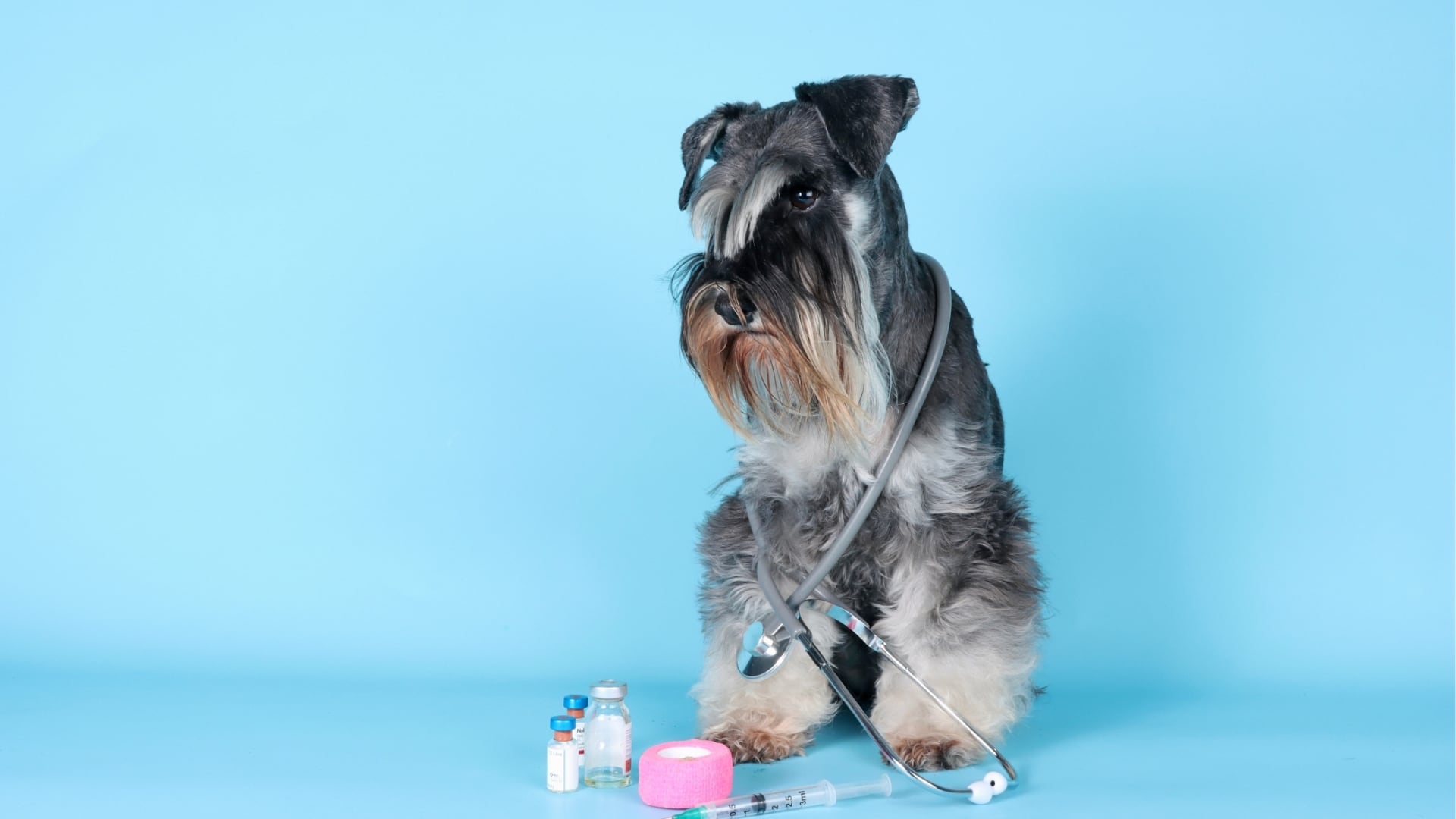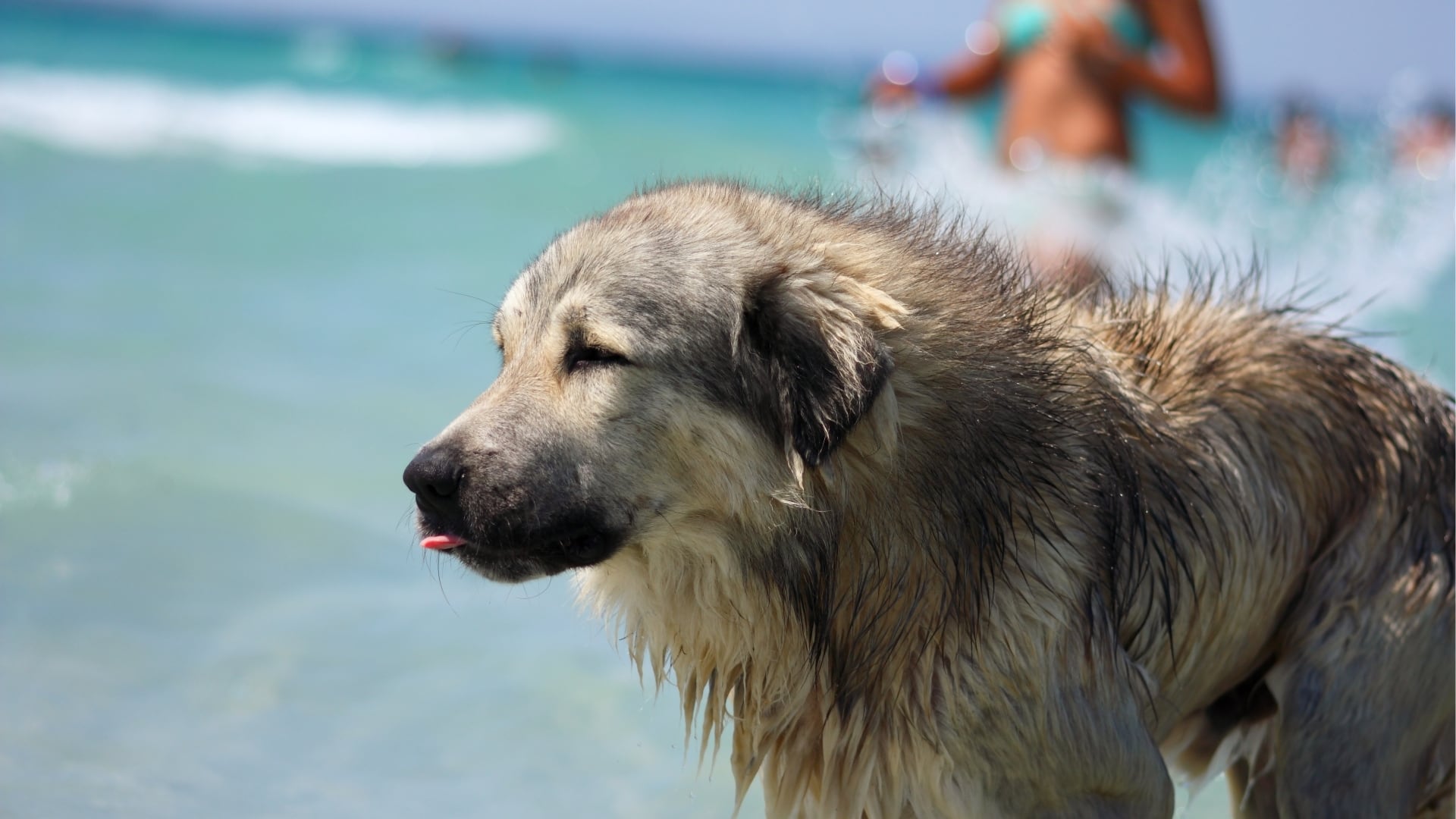Dermatological disorders in dogs

Recognizing skin problems in dogs
Have you noticed that your dog has been scratching more often lately or showing other changes in skin-related behavior? You’re not alone. Dermatological conditions in dogs are a common reason for visits to the vet. Understanding how to recognize that our pet is suffering from skin problems is crucial for quick diagnosis and implementation of appropriate treatment.
The first and most obvious signs that something is wrong include excessive scratching, baldness or reddening of the skin. Dogs may also exhibit symptoms such as frequent licking of paws or other parts of the body, which may indicate discomfort or pain. Recognizing and understanding these symptoms is the first step to identifying the cause of skin diseases in dogs and providing appropriate care.
Remember that these symptoms can result from a variety of factors, from allergies to bacterial or fungal infections. Consulting an experienced veterinarian is essential when dermatological problems are suspected, to ensure that our four-legged friends receive the best possible care and effective and efficient treatment.
Frequent paw licking – what does it mean?
If you notice that your dog frequently licks his paws, this could be a signal indicating dermatological problems. Dermatological conditions in dogs can manifest themselves in a variety of ways, one of which is just constant paw licking. Understanding the causes of this behavior is key to ensuring the health and well-being of our four-legged friend.
Paw licking can be caused by various factors, such as allergies, infections or the presence of foreign bodies in the skin. It is useful to know how to effectively recognize and respond to potential dermatological problems in dogs. If you notice that frequent paw licking is accompanied by reddening of the skin, swelling or the release of an unpleasant odor, these symptoms may indicate more serious health problems. In such cases, quick reaction and a visit to the vet are essential.
It should be remembered that the diagnosis of the causes of skin diseases in dogs by a specialist guarantees the application of appropriate therapy, which is crucial to relieve the suffering of our pet. Therefore, it is worth regularly observing the behavior of your dog and reacting to any, even the smallest signals that may indicate health problems.
Causes of skin disorders in dogs
Allergies are one of the most common causes of dermatological conditions in dogs and can be triggered by a variety of factors, such as food, pollen or mites. Dogs can react with allergic skin symptoms to certain components of their diet or allergens present in the environment, leading to redness, itching and excessive hair loss. Skin infections, both bacterial and fungal, are another category of causes of skin diseases in dogs. They can occur as a result of skin injuries that have become gateways for pathogens, or as a consequence of other health disorders.
The health of a dog’s skin is also significantly affected by environmental factors. Air pollution, poor water quality and even exposure to strong sunlight or low temperatures can lead to dry skin and cracking, which promotes infections. An often underestimated but important aspect is adequate ambient humidity in rooms where dogs are housed.
Recognizing that our pet is suffering from dermatological problems is the first step to relieving him and getting him back to health. It is worth observing his behavior and the condition of his skin and coat, reacting to any symptoms that appear. Working with an experienced veterinarian and using properly selected supplements can significantly help maintain our dogs’ skin health.
How to support your dog’s skin health?
Dermatological conditions in dogs are among the most commonly diagnosed veterinary problems. It is worth knowing how to recognize that our pet is suffering from such disorders. Frequent paw licking, baldness, skin lesions or excessive scratching may be alarming signals. These symptoms may indicate the need for changes in our pet’s grooming and nutrition.
Proper skin care is key. Regular bathing with hypoallergenic shampoos designed specifically for dogs can significantly improve the condition of the skin. However, it is important not to overdo the frequency of bathing, as this can damage the natural lipid barrier of the dog’s skin. In addition, regular combing, especially for dogs with long coats, helps remove dead hair and keep the skin in better condition. While the causes of skin diseases in dogs can vary, proper grooming is always the foundation.
The basis for healthy skin is also proper nutrition. A diet rich in omega-3 and omega-6 acids, as well as the right amount of vitamins and minerals, can make a significant difference in the condition of a dog’s skin and coat. Consider incorporating supplements to support dermatological health, such as Eloa brand products. They offer advanced formulas enriched with ingredients that help maintain healthy and supple skin.
Maintaining the skin health of our four-legged friends is essential to their overall well-being. Regular checkups with the vet, proper diet and careful grooming can significantly reduce the risk of dermatological conditions. Remember that healthy skin means not only a better appearance, but also fewer health problems in the future.
See also

How to monitor the effectiveness of supplementation?
Recognizing health signals: The first signs of improvement Monitoring the effectiveness of supplementation in dogs is a key part of caring…

Can different supplements be combined?
Understanding your dog’s nutritional needs Understanding your dog’s nutritional needs is important to ensure your dog’s health and well-being each breed,…
